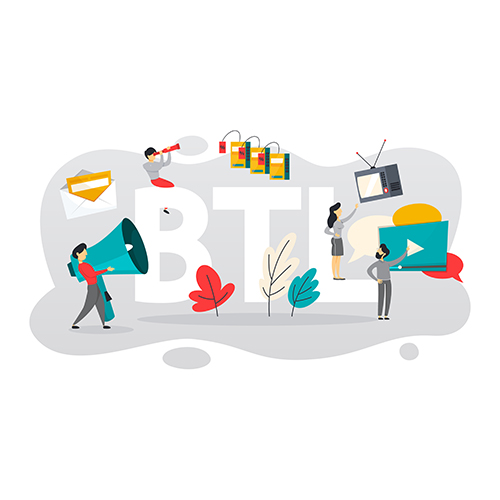What Is Advertising?
Advertising is reaching a group of customers to directly or indirectly introduce a particular product or service. Advertisements are affected by a number of variables such as consumers’ shift of taste, people’s awareness, income raise, economic and political and economic developments, social changes, birth rate increase, and inclination to live better.
Nowadays, ads are effective in introducing a service or product in addition to increasing social awareness. Pioneer brands are taking action in terms of corporate social responsibility, which is a form of indirect advertising. Such activities include smoking harms, child labor, and protecting the environment,
Advertisements have to be directed and wise; otherwise, not only are they not effective, but they also waste the budget and, more importantly, lead to customer loss. For this reason, analyzing the market and competitors, knowing the customers, and product’s audience, plus identifying integral elements of a successful advertising strategy, must be considered in advance.
In the past, ads used to be one-way, and the recipient of the message could not react immediately. With the advancement of technology, interactions between the brand and its audience have been on the rise.
Another feature of ads evolution has been the possibility of purchase as soon as someone sees an ad. In fact, the advertised goods create demand in the market. Online shops and advertising are two classic examples in this field.
Table of Contents
Importance of Advertising
Advertising is one of the most critical phenomena and an essential element of market performance in the modern world. Brands tend to advertise to maximize profitability. A country’s rank in the world’s economy arises from advertising. Advertising is beneficial for the growth of the brand business as well as the customers and the market. The customer can gain insights about a product through advertising and, after that, make an informed choice.
Primary Targets
- Increase sales by boosting awareness.
- Encourage the target market to the goals of the ads.
- Fix and expand the brand position.
- Reach more customers.
- Prevent customer loss.

Different Types of Advertising in Terms of Penetration Rate ATL
ATL stands for Above the Line, meaning that the advertising is going to be deployed around a broader target audience; therefore, it is not a focused method. In other words, ATL advertising is a mass marketing strategy that includes radio advertising, TV commercials, online advertising, billboards, banners, and ads in magazines and newspapers.
Benefits
- There is more interaction with customers.
- It is capable of building brands.
Downsides
- We cannot gather accurate data regarding the number of viewers.
- It is not profitable in the long term.
Right Timing to Employ ATL Advertising
ATL is costly yet effective. It is suitable for businesses that have a wide range of customers, and also this type of advertising is a long term investment.

BTL
BTL stands for Below the Line, and its primary purpose is to stimulate people’s interest to purchase goods, and for doing so, several advertising tools are utilized. Advertising activities are direct and target specific segments.
Right Timing to Use BTL
BTL is done based on data, and it is also called without-media-advertising. Installing stands in public places, and offering brochures and catalogs are two means of conducting BTL. Cyberspace advertising such as on Instagram or email marketing is two online BTL means.
BTL Benefits
- It is highly targeted.
- The ROI is higher than ATL.
- Its conduct and control are smooth.
- It is cost-effective and productive.
- Advertising improvement is possible at any time.
- The purchase and view statistics are measurable.
TTL
It stands for Through the Line and refers to the simultaneous use of ATL and BTL. This method bears more fruit, as it employs both ATL and BTL advertising strategies. TTL reflects credit upon the brand, which crucial to a brand. This method is also called 360-degree advertising and integrated advertising.
TTL Benefits
- It is less costly than ATL.
- It includes both ATL and BTL benefits.
- It leads to the most product growth.
.jpg)